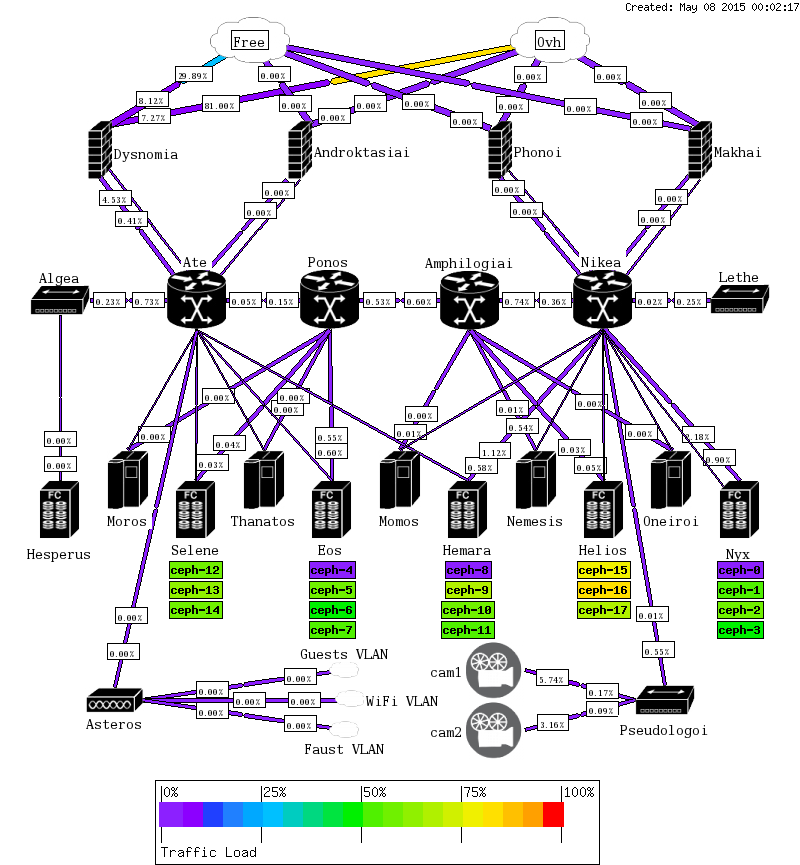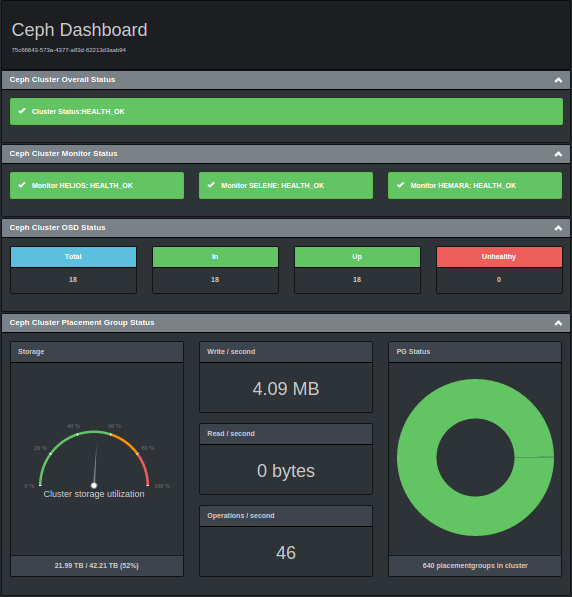An other day, an other service to deploy, an other chance to see Jessie in action.
I’ve been using subsonic for a couple years now, and am quite satisfied by the product.
The practical bad side of Subsonic is that is relies on Java.
Meanwhile, there isn’t a lot of alternatives dynamically serving media behind an HTTP server. The solution everyone talk about is Ampache – for those who haven’t dealt with it yet, the web user interface looks disappointingly outdated. So much so, Subsonic is actually the only frontend I would recommend, serving music libraries.
Dealing with ever-growing libraries, regular clients such as Clementine, Amarok, Banshee, … are eating all my desktop RAM, when they don’t fuck with my IO scanning libraries directory trees, …
At some point, java resources consumption is actually lower than any graphical client. Plus, being available through HTTP, your database management could be deported to some virtual environment, while the player could be handled by any flash-capable web client, or a wide range of applications implementing subsonic client API.
An other inconvenient about subsonic is that a few features are locked, until you end up paying for your license.
A few years ago, one was able to buy a permanent license: investing something like 10$, a friend (Paul) activated its subsonic and never had to pay again.
Last year, license plans changed. During a few months, the lifetime license disappeared. Came back, as far as I can see today, and now costs 99$.
Why pay for Subsonic premium services?
You most likely won’t need most of the features involved. I still don’t.
Although, an other friend (Clement) explained me after one month trying Subsonic on his VPS, he was unable to cache new media on its Android phone, using Subsonic official application.
Why would you pay, then?
You don’t, actually. I can’t find back the thread on Subsonic forums: once upon a time, there was a discussion reporting some info I formerly read on some blog, about the possibility to use the developers test account as yours to enable premium features on your Subsonic instance. Quickly following that post, the main developer answered, telling it won’t be possible anymore.
Today, the only reference to it, on subsonic web site, is actually an error message, inviting you to renew your subscription.
From my point of view, this is more of a communication operation, than an actual fix. Indeed, you would still be able to use the very same login and registration key to enable premium features.
Originally, you only needed to add a few lines to your subsonic.properties:
LicenseEmail=foo@bar.com
LicenseCode=f3ada405ce890b6f8204094deb12d8a8
LicenseDate=1424696437740
Today, you also need to add the following to you /etc/hosts:
127.0.0.1 subsonic.org
Restart subsonic service, enjoy premium.
Concluding on a comment regarding Jessie, you might have notice the ffmpeg package did not make it to Jessie official repositories. Which is no surprise for some aficionados – and definitely was for me.
It seems Debian Security team had no time to deal with ffmpeg. Yet dealt with libav. Integrated systemd. And killed kfreebsd.


